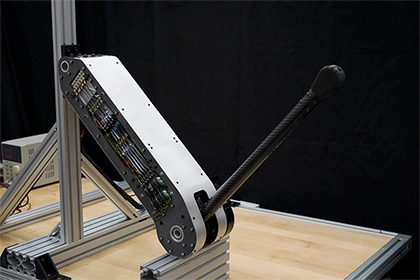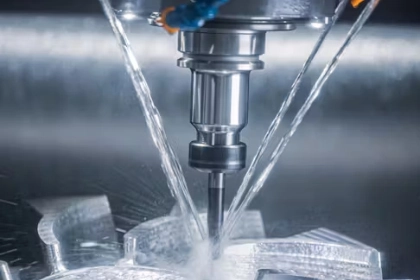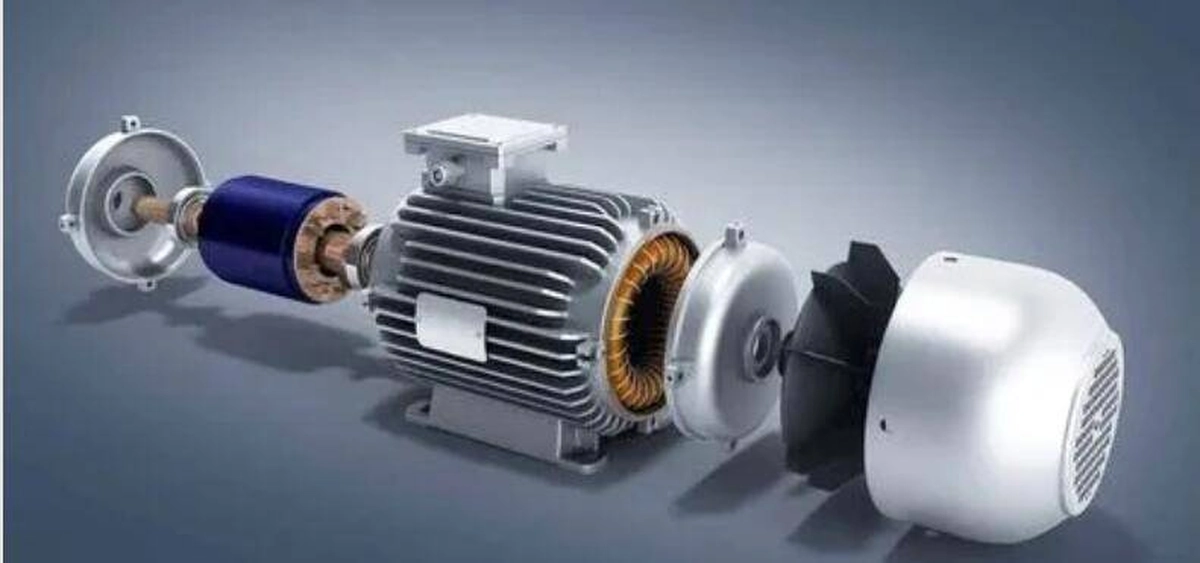- +86 19149417743
- Zhengzhou, Henan Province, China
- Mon-fri: 8am - 7pm
Get a quote
Induction Motors: Induction motors are the most commonly used type of AC motor. They work based on the principle of electromagnetic induction. They consist of a stator with a set of stationary windings and a rotor with conductive bars. When an alternating current is supplied to the stator windings, a rotating magnetic field is created, inducing a current in the rotor bars, which in turn, generates a rotational motion.
Synchronous Motors: Synchronous motors operate at a constant speed, synchronizing their rotation with the frequency of the AC power supply. They have a rotor with permanent magnets or field windings and require an external power source to create a rotating magnetic field in the rotor. Synchronous motors are known for their high efficiency and precise speed control, making them suitable for applications such as industrial machinery, power generation, and synchronous clocks.
Brushless DC Motors: Although called "DC motors," brushless DC motors (BLDC) are also driven by AC power. They feature a permanent magnet rotor and a stator with electronically controlled commutation. The commutation is achieved using sensors or electronic controllers that determine the rotor position and apply the appropriate voltage to the stator windings. BLDC motors are widely used in applications such as electric vehicles, computer cooling fans, and industrial automation.
Universal Motors: Universal motors are designed to operate on both AC and DC power sources. They have a wound stator and a rotor with either permanent magnets or wound field coils. Universal motors are known for their high starting torque and speed control capabilities, making them suitable for applications that require variable speed, such as power tools, vacuum cleaners, and kitchen appliances.
Shaded Pole Motors: Shaded pole motors are simple and cost-effective AC motors used in low-power applications. They have a squirrel cage rotor and a stator with a single-phase winding. The stator winding is divided into two unequal parts, and a short-circuited copper ring, called a shading coil, is placed around a portion of the pole face. When the motor is energized, the shading coil creates a phase shift, generating a rotating magnetic field and causing the rotor to spin.
 2024-08-30 16:01:40
Engineering
2024-08-30 16:01:40
Engineering
 2024-07-26 14:09:13
Engineering
2024-07-26 14:09:13
Engineering
 2024-07-18 09:42:00
Engineering
2024-07-18 09:42:00
Engineering